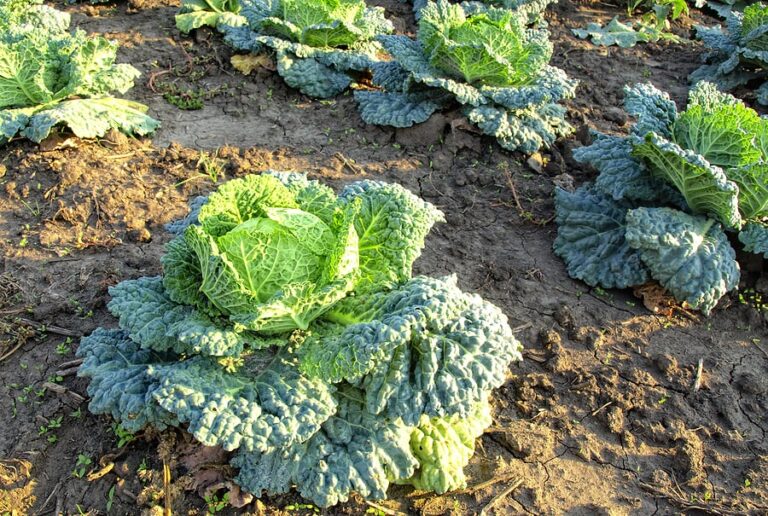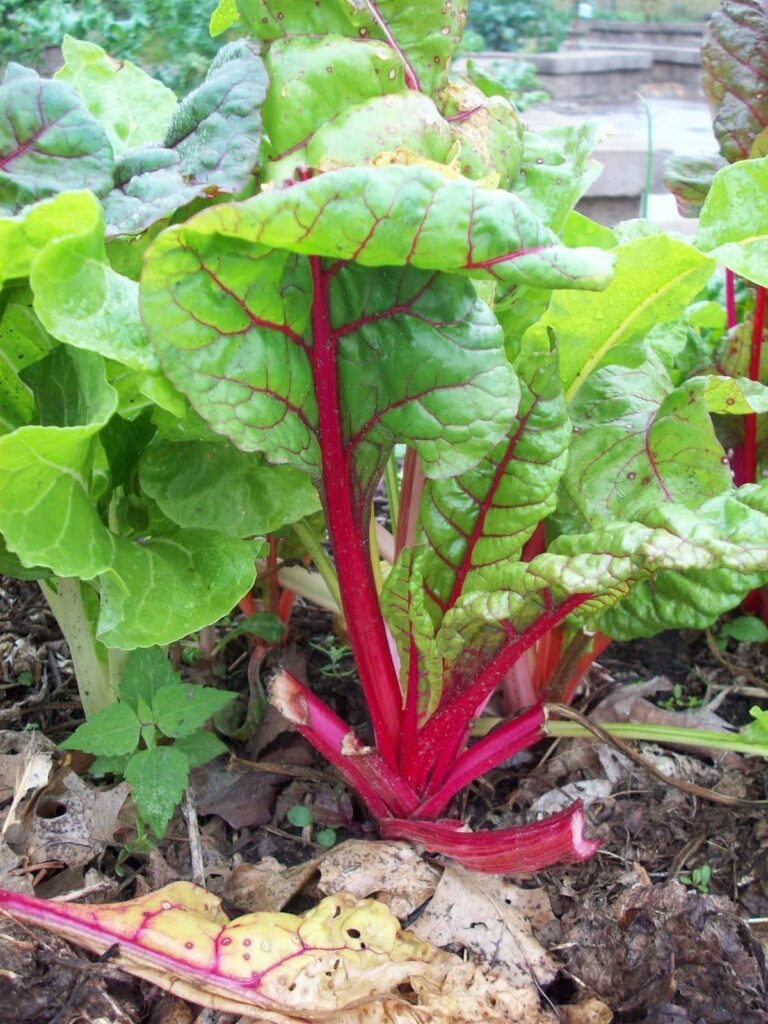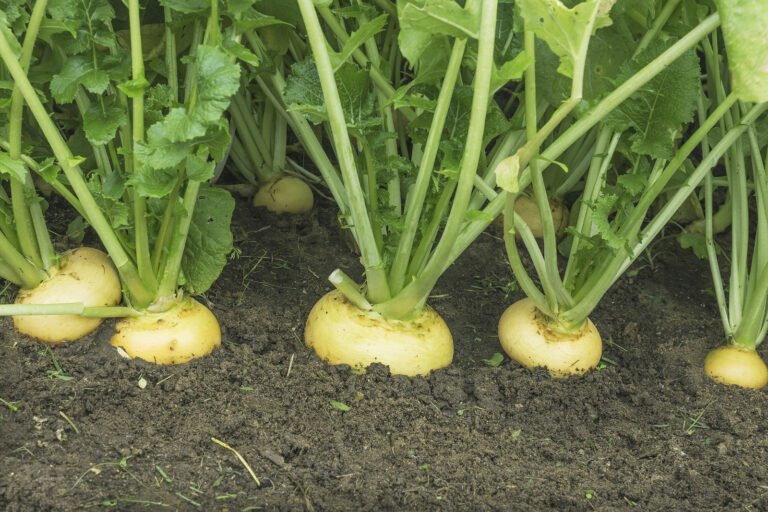How to Harvest and Store Turnips
Harvest turnips when they are large enough to eat. Turnip roots are ready for harvest 40 to 50 days after sowing.
Turnips should not be allowed to grow too large or they will become woody, stringy, and bitter tasting.
Related articles:
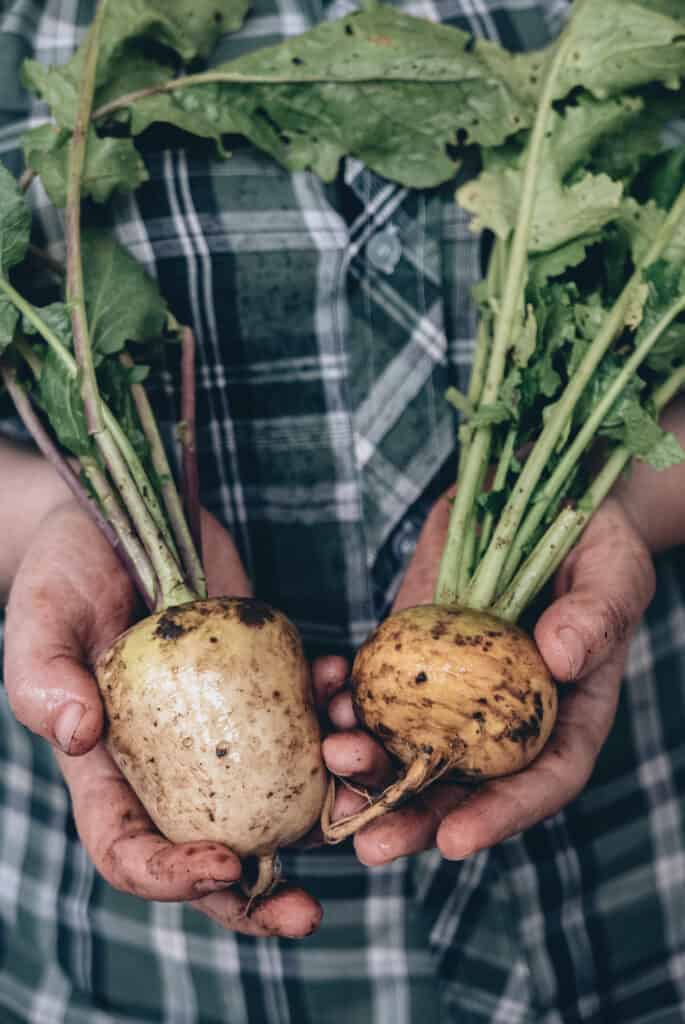
When to harvest turnips
- Harvest turnips when root tops are 1 to 1½ inches in diameter but not more than 2½ inches in diameter.
- Turnips that get too big will be strong-flavored and often become tough and fibrous.
- Harvest turnip greens young and tender. Cut the outer leaves an inch or so above the crown and the leaves will grow back quickly. Don’t cut too many leaves or you will slow root growth.
- Turnips are cool-season plants that grow best at temperatures between 60° and 65 °F (15-18°C). Turnips do not grow well and flavor will suffer if grown where daytime temperatures are consistently greater than 80°F (26°C).
- Where winters are mild and the soil is well-drained, leave turnips in the ground until you need them but harvest them before they start growing again in spring.
- Turnips can take top frosting, but where the ground freezes, lift roots before the soil freezes. A freeze will yellow and wither turnip greens.
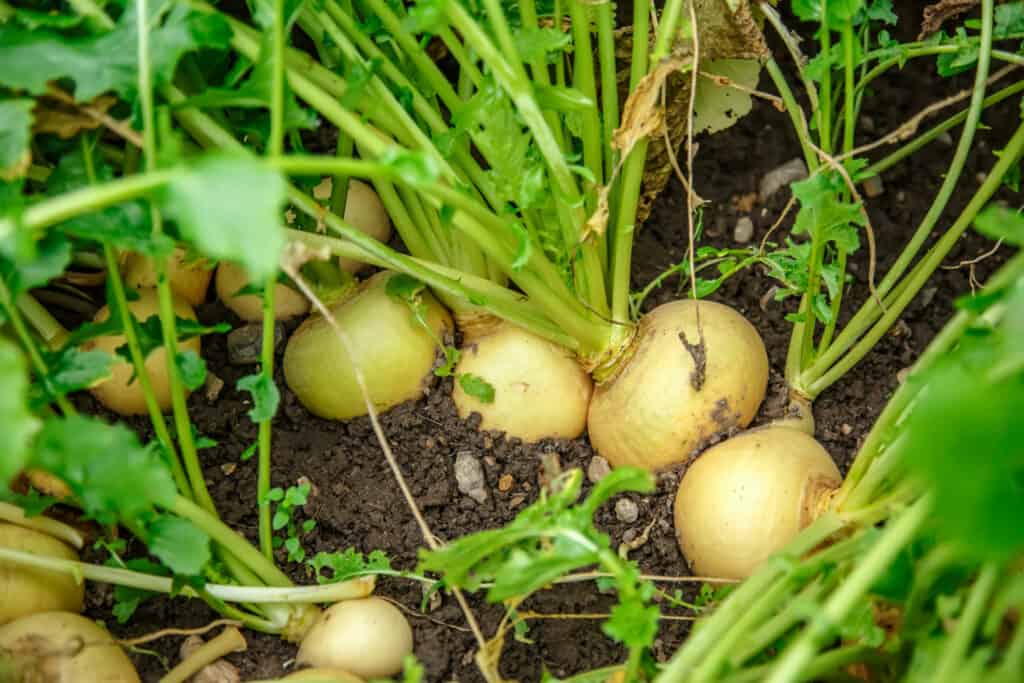
How to harvest turnips
- Pull or lift roots carefully from the garden so as not to break or injure them. Use a garden hand fork to loosen the soil around the roots if necessary.
- It’s best to pull turnips when the soil is dry.
- Twist off the greens after lifting the roots. Removing the tops before storage will greatly extend storage life.

How to store turnips
- Store the best turnips; damaged or bruised roots will not store well and should be eaten soon after harvest. Gently rub soil from the roots before storing them. Don’t wash roots before you store them; if you do, be sure to dry them thoroughly.
- Store turnips in a cold moist place as near to freezing as possible without actual freezing, 32°-40°F (0°-4°C) and 95 percent relative humidity.
- Store turnips wrapped in a moist cloth or paper towel in a perforated plastic bag in the vegetable crisper drawer of the refrigerator. Turnips will keep in the refrigerator for 4 to 5 months.
- Store turnip greens just as you would turnip roots.
- If there is no room in the refrigerator, turnip roots can also be packed in a container—a bucket or plastic storage box or cooler–in moist sand or sawdust. Don’t pack roots too tightly; if the roots touch they can start to rot; be sure to leave 2 inches (5 cm) of insulating material around the top, bottom, and sides of the stored roots. Set the lid loosely so that there is good air circulation and place the container in a cold place such as a basement, garage, or shed.
- Check roots in storage often and remove any that show signs of deterioration.
Turnip Growing Hub
🥗 Start here: The Ultimate Turnip Growing Guide: From Seed to Harvest
🌱 Planting & Timing
- When to Plant Turnips for Spring, Fall, and Winter Harvests
– Answers “when do I plant turnips?” with zone-based timing. - Turnip Seed Starting Tips
- Succession Planting Turnips for a Continuous Harvest
– Explains timing and spacing strategies to keep the harvest going. - How to Grow Turnips in Containers and Raised Beds
– Great for small-space and urban gardeners. Include container size and spacing details. - How to Space and Thin Turnips for Full Roots
– Many gardeners fail to thin properly. This solves a common issue.
🌿 Care & Maintenance
- How Much Water Do Turnips Need? A Watering Guide
– Helps answer “why are my turnips woody or bitter?” - How to Fertilize Turnips for Tender Roots and Tasty Greens
– A common struggle: too much leaf growth, small roots. - Best Companion Plants for Turnips (And What to Avoid)
– Evergreen content with strong search and Pinterest appeal. - How to Grow Turnips in Hot Weather or Warm Climates
– Address bolting, bitterness, and timing challenges in Zones 8–10.
🐛 Pests, Diseases & Troubleshooting
–Flea beetles, aphids, damping off, white rust Includes IPM methods
- Why Are My Turnips All Tops and No Roots? What Went Wrong
– Diagnostic article that answers a frequently asked gardener problem. - How to Prevent Woody Turnips and Improve Texture and Flavor
– Addresses late harvest, heat, and drought issues.
🧺 Harvest, Storage & Kitchen Use
- How and When to Harvest Turnips for Best Texture
– Cover baby turnips, mature roots, and leafy greens. - How to Harvest and Store Turnips
– Answers “how long do turnips last?” and “can you store turnips in sand?” - Freezing and Preserving Turnips: A Beginner’s Guide
– Popular in late fall/early winter, great for preserving guides. - Eight Ways to Cook and Serve Turnips: Roots, Greens, and Recipe Ideas
– Kitchen-friendly post that links to growing and harvesting. - How to Use Turnip Greens in the Kitchen
– Zero-waste kitchen content that connects gardeners and cooks.
🌾 Varieties & Seed Saving
Turnip Varieties for Mild Climates and Short Seasons
– Useful for Zones 8–10 and gardeners with short falls.
Best Turnip Varieties for Flavor, Size, and Growing Time
– Compare fast-maturing, heirloom, and dual-purpose types.
Garden Planning Books at Amazon:
- Vegetable Garden Almanac & Planner
- Kitchen Garden Grower’s Guide Vegetable Encyclopedia
- Vegetable Garden Grower’s Guide
- Tomato Grower’s Answer Book
More harvest tips:
Learn when and how to harvest your favorite vegetables for the best flavor and texture. Get storage tips for each crop. Click on the vegetable you are growing below.
- Artichoke
- Arugula
- Asparagus
- Beans
- Beets
- Broccoli
- Brussels Sprouts
- Cabbage
- Cantaloupe — Melons
- Carrots
- Cauliflower
- Celery
- Chard
- Collards
- Corn, Sweet
- Cucumbers
- Eggplant
- Endive and Escarole
- Garlic
- Jerusalem Artichoke
- Kale
- Kohlrabi
- Leeks
- Lettuce
- Melons
- Okra
- Onions
- Parsnips
- Peas
- Peppers
- Potatoes
- Pumpkins
- Radicchio
- Rhubarb
- Rutabaga
- Spinach
- Squash, Summer
- Squash, Winter
- Sunchokes
- Sweet Potato
- Swiss Chard
- Tomatillo
- Tomatoes
- Turnips
- Watermelon



